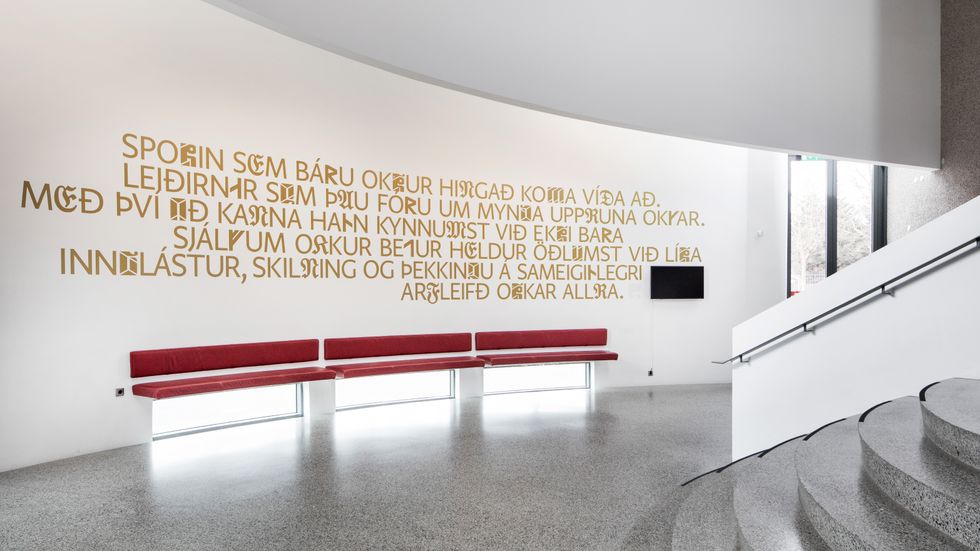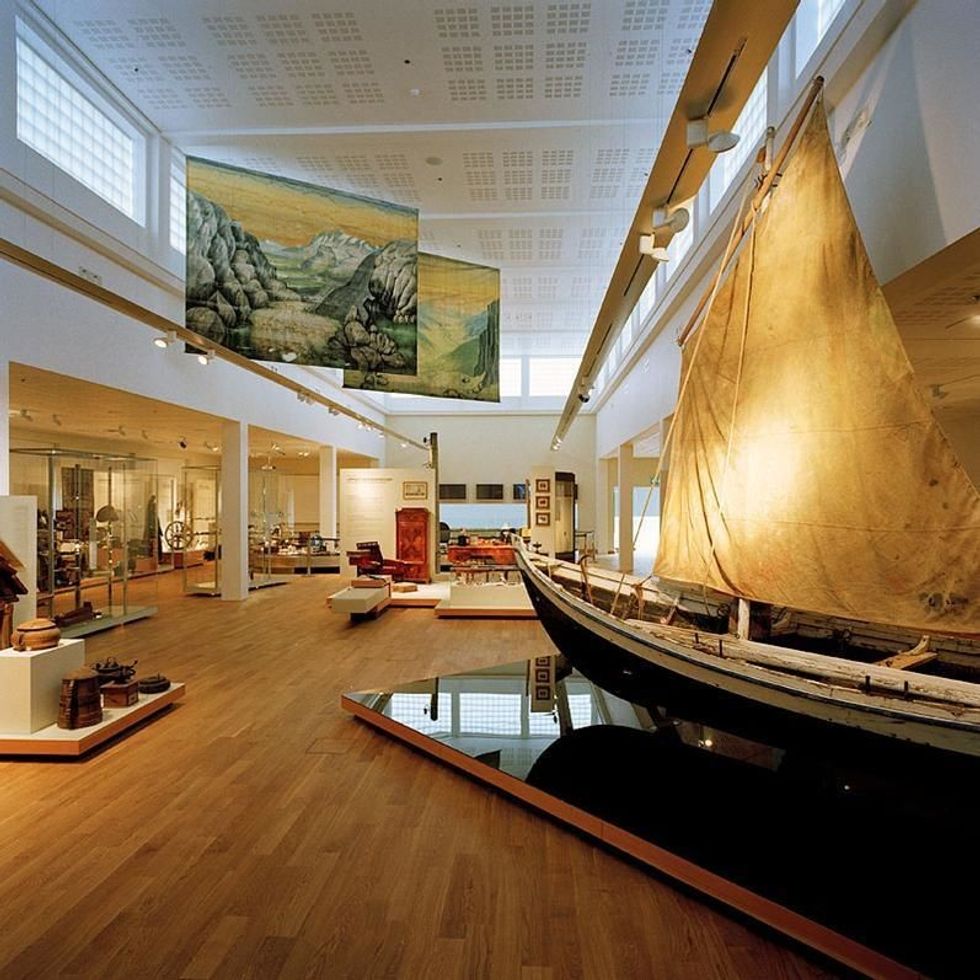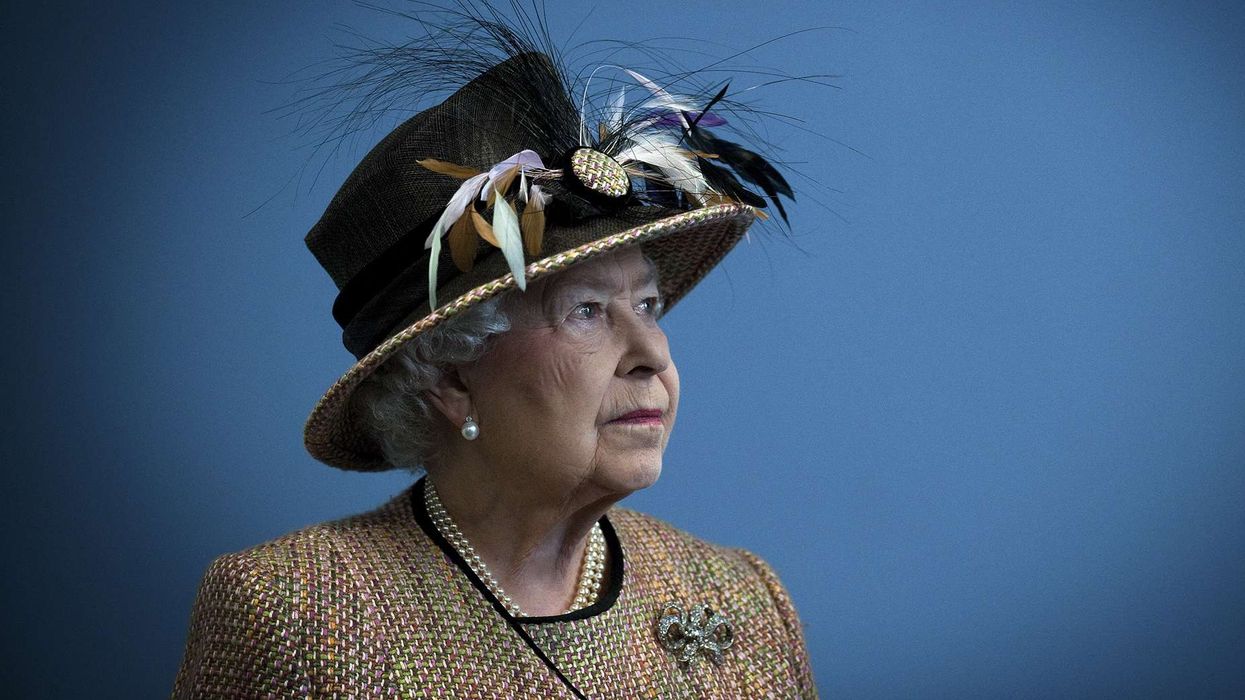Nestled in the heart of Reykjavík, the National Museum of Iceland offers an immersive journey through the country’s rich cultural history. From ancient artefacts to contemporary exhibitions, the museum weaves a narrative that connects Iceland's vibrant past with its dynamic present and promising future. Whether you're a history buff, an art enthusiast, or a curious traveller, the National Museum provides an enlightening experience that highlights Iceland’s unique heritage.
This guide will walk you through the museum’s fascinating history, its pivotal role in preserving Icelandic culture, and what you can expect when you visit.
History of the National Museum of Iceland
The National Museum’s story begins on 24 February 1863, when it was established to house Icelandic artefacts previously stored in Danish collections. Jón Árnason, a prominent librarian, was appointed the first curator. Shortly after, Sigurður Guðmundsson, fondly known as "the painter," joined him. Guðmundsson was a strong advocate for preserving Iceland's cultural treasures, playing a key role in forming an antiquarian collection in the country.
Initially named the Antiquarian Collection, the museum underwent significant changes in its early years. By 1911, its name was officially changed to the National Museum of Iceland, reflecting its broader mission to protect and promote Iceland's heritage. For decades, the museum's collection was housed in various locations around Reykjavík, including the attic of the National Library building on Hverfisgata, now known as the Culture House.
The museum found its permanent home in 1950 at Suðurgata, coinciding with Iceland’s establishment as a republic in 1944. In 2004, the building underwent extensive renovations, transforming it into a modern facility that meets international standards for preserving and showcasing cultural artefacts.
The Role of the National Museum
The National Museum of Iceland serves as the guardian of the nation's cultural heritage. Its role is multifaceted, extending beyond preserving artefacts to include:
- Preservation and Management: Safeguarding invaluable items that represent Iceland’s history and culture.
- Research: Conducting cultural research programmes to deepen understanding of the nation’s past.
- Education and Outreach: Offering exhibitions, workshops, and resources to promote knowledge about Iceland’s cultural legacy.
- Community Engagement: Building a sense of unity and pride among Icelanders by connecting them with their history.
Through its efforts, the museum not only protects the past but also inspires innovation and fosters a strong sense of identity for future generations.
Exploring the Museum
Visitors to the National Museum of Iceland are treated to a curated collection of over 2,000 objects that tell the story of Iceland’s evolution. Here’s what you can expect:
- Permanent Exhibition – "Making of a Nation"
The museum’s centrepiece, this exhibit spans Iceland’s history from the Settlement Age (circa 874 AD) to modern times. Highlights include:- Ancient Artefacts: Tools, jewellery, and weaponry from the Viking Age.
- Medieval Manuscripts: Rare texts that shed light on Iceland’s literary and religious traditions.
- Cultural Objects: Traditional clothing, furniture, and household items showcasing Icelandic craftsmanship.
Interactive displays and multimedia presentations enhance the storytelling, making history come alive for visitors of all ages.
- Special Exhibitions
Throughout the year, the museum hosts temporary exhibitions on a range of topics, from contemporary art to archaeological discoveries. These exhibits offer fresh perspectives and delve into lesser-known aspects of Iceland’s heritage. - The Museum Shop
A visit to the National Museum isn’t complete without a stop at the gift shop. Here, you can find books, souvenirs, and locally crafted items inspired by Icelandic history and culture. - Café Kaffitár
Recharge with a cup of coffee or a light snack at the museum’s café, which offers a cosy atmosphere and a view of the bustling city.
How to Visit
- Hours and Tickets
The National Museum is open year-round, with adjusted hours during the summer and winter seasons. Tickets can be purchased on-site or online, with discounts available for students, seniors, and families. - Guided Tours
For a deeper understanding of the exhibits, join one of the museum’s guided tours. Offered in multiple languages, these tours provide valuable insights and fascinating anecdotes about Icelandic history. - How to Reach
- On Foot: From Reykjavík city centre, the museum is just a 15-minute walk, offering a scenic route through the city’s charming streets.
- Public Transport: Reykjavík’s efficient bus system provides an eco-friendly option for reaching the museum. The closest bus stop is at Háskóli Íslands (University of Iceland), a short walk away.
- By Car: Visitors driving to the museum can use the on-site parking facilities. The location is well-signposted and easy to find via GPS.
- Guided City Tours: Many Reykjavík city tours include the National Museum as a stop, combining it with other landmarks like Hallgrímskirkja Church and Harpa Concert Hall.
The National Museum of Iceland is more than just a repository of artefacts—it’s a gateway to understanding the soul of a nation. With its rich history, engaging exhibits, and commitment to cultural preservation, the museum offers an unforgettable experience for anyone visiting Iceland.
Whether you’re a first-time traveller or a returning visitor, make sure to carve out time to explore this iconic institution. As you wander through its halls, you’ll gain a deeper appreciation for Iceland’s resilience, creativity, and enduring spirit.








 During summer and autumn, when snow is absentiStock
During summer and autumn, when snow is absentiStock





